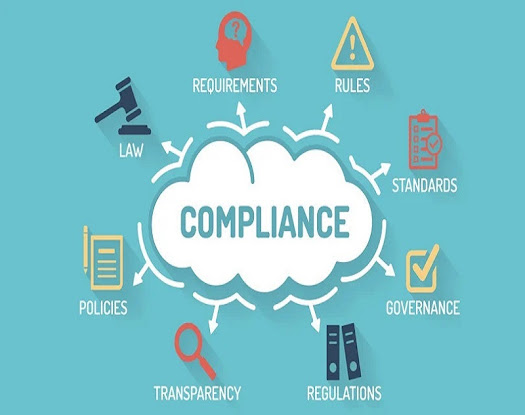Security Compliance Policy – A Detailed Guide
Compliance policy
templates are a great starting point for creating the specific policies your
organization needs. These templates provide a framework that you can customize
to fit your industry, size, and risk profile.
What is security
compliance policies?
- Security compliance policy templates
are basically a rulebook that an organization creates to protect its data and
systems. They outline the steps employees should take to follow security best
practices and adhere to any relevant regulations.
- Protection measures: These policies set up
procedures and controls to safeguard information, prevent cyberattacks, and
ensure overall security.
- Meeting requirements: They help
organizations comply with legal obligations, industry standards, and
contractual agreements related to data privacy and security.
Here are some common
examples of security compliance policies:
- Acceptable Use Policy: Defines the proper
use of company devices and IT resources.
- Password Policy: Sets requirements for
creating strong passwords and changing them regularly.
- Incident Response Policy: Establishes a
clear plan for how to identify, report, and address security incidents.
- Data Breach Notification Policy: Outlines
the steps to take in case of a data breach.
What is the difference
between compliance and security compliance?
Compliance and security
compliance are interrelated concepts, but with some key distinctions:
- Security is the broader concept. It refers
to the overall practices and measures an organization takes to safeguard its
data and systems from cyber threats. This involves things like firewalls,
encryption, employee training, and incident response plans.
- Compliance, on the other hand, focuses on
adhering to external requirements. These requirements can be legal mandates
(like GDPR or HIPAA), industry standards, or contractual obligations. Security compliance policy
is a specific type of compliance that ensures an organization's security
practices meet these external standards.
Here are some additional
points to consider:
- Security is an ongoing process: Security
practices need constant adaptation to evolving threats.
- Compliance is often a point-in-time check:
Organizations may need to undergo audits or certifications to demonstrate
compliance.
- Being compliant doesn't guarantee
security: Organizations can meet compliance requirements without having the
most robust security practices.
In essence, strong
security is the foundation for achieving security compliance. While compliance
focuses on checking boxes, security is a continuous effort to stay ahead of
threats.





Comments
Post a Comment